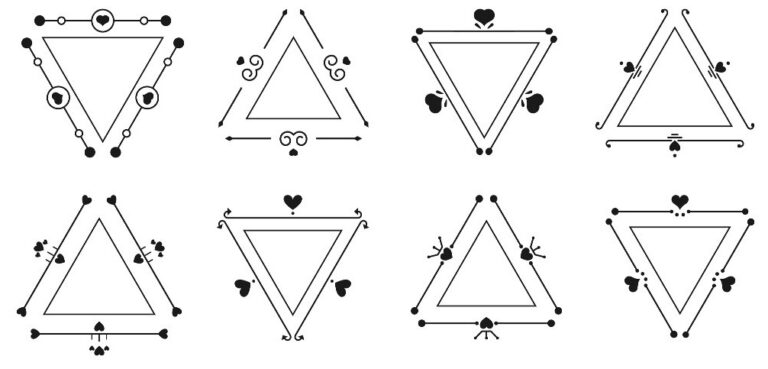
Vector graphics are perfectly suited for illustrations and logos owing to their design of contours and clear lines. Since vector graphics are made using equations rather than pixels, they can be rescaled to just about any size without losing clarity.
While most vector graphics are made from scratch, it is possible to use editing applications like GIMP to trace typical JPEG images into vectors.
Creating vector graphics using pixel images can be advantageous for a wide range of design projects, but it is important to note that GIMP was not designed to create a vector image. It is more of a raster image editor. This means that it edits and creates pixels instead of vectors.
Table of Contents
How to GIMP: Limitations
The Paths Tool in GIMP uses the Bezier curve system to create shapes. However, these paths are meant to be used as a way to define particular spaces for pixel editing. The patterns, fills, and strokes of a shape become rasterized immediately as pixels, meaning they won’t exist as vector data.
There is some support in GIMP for SVG (or Scalable Vector Graphic), which is a web-friendly vector type. However, the support is truly limited.
You are only able to open SVG formatted files, and that’s it. It might come as a surprise to learn that an SVG file would most likely display better on an internet browser than it would on GIMP.
According to the official GIMP user manual, the SVG format can handle numerous other graphical elements apart from path. It is capable of handling figures like rectangles, ellipses, circles, regular polygons, and more. While GIMP is unable to actively work with these graphical elements, they can be loaded as paths.
What’s the Difference Between a Raster and a Vector?
If you are just starting in image editing, the terms vector image and raster image might be new terms. You don’t have to worry because you are not alone. A few experienced image editors might also not know the difference between these two, but we hope this GIMP tutorial helps.
Raster Images
Raster images are perhaps the most prevalent digital image form because they consist of pixels similar to output devices like monitors. Fundamentally, a raster image is just a basic information grid that describes the brightness and color of each pixel.
Raster graphics and images can handle color gradients extremely well. A digital camera's sensor can also be easily created, making them perfect for editing and creating digital photographs as an illustrator.
Nevertheless, their design can be a downside. Since they are made up of pixel grids, decreasing or increasing their sizes can result in unpleasant distortions.
Increasing their sizes in GIMP requires the software to create new pixel data to fill the spaces, which GIMP cannot do. What it does, instead, is scale-up pre-existing data. This results in a larger but blurry image since there was no new information added to it.
Reducing a raster graphics image size simply means that some pixel data will have to be discarded. Once that information is discarded, it cannot be recovered without using the Undo command in the same session.
The resulting image is softer than the original, but this can be fixed with appropriate sharpening when the image is exported.
Vector Images
Vector art images are made up of a group of mathematical equations, which describe the elements present in a particular image. The color of each shape, the shape of each object, and the order those shapes take and overlap are all information stored as equations rather than pixels.
One reason the distinction affects vector images is the fact that these vector image formats aren’t widely supported by operating systems or web browsers, with the exception being open standards like PDF and SVG. For this reason, vector images during vectorization are usually converted into PNG, JPG, and other pixel formats.
Vector images don’t have any issues with scaling, considering all the image information is stored as equation sets. The equations can be easily scaled down or up to the correct measurement by a simple division or multiplication process, which the vector editing application automatically handles for a user.
Since vector images need to have each element separately defined, they are not designed to handle the extremely complicated color variations required to make photorealistic images.
Even the most advanced illustration programs find it difficult to create tracing tools that provide realistic imagery on vector images.
Conclusion
The fact is that vectorizing images in GIMP is nearly impossible. That’s because the program is not designed to serve that purpose. By design, GIMP can handle raster images very effectively. Owing to their pixels composition, it is easy to edit and manipulate raster files in GIMP.

